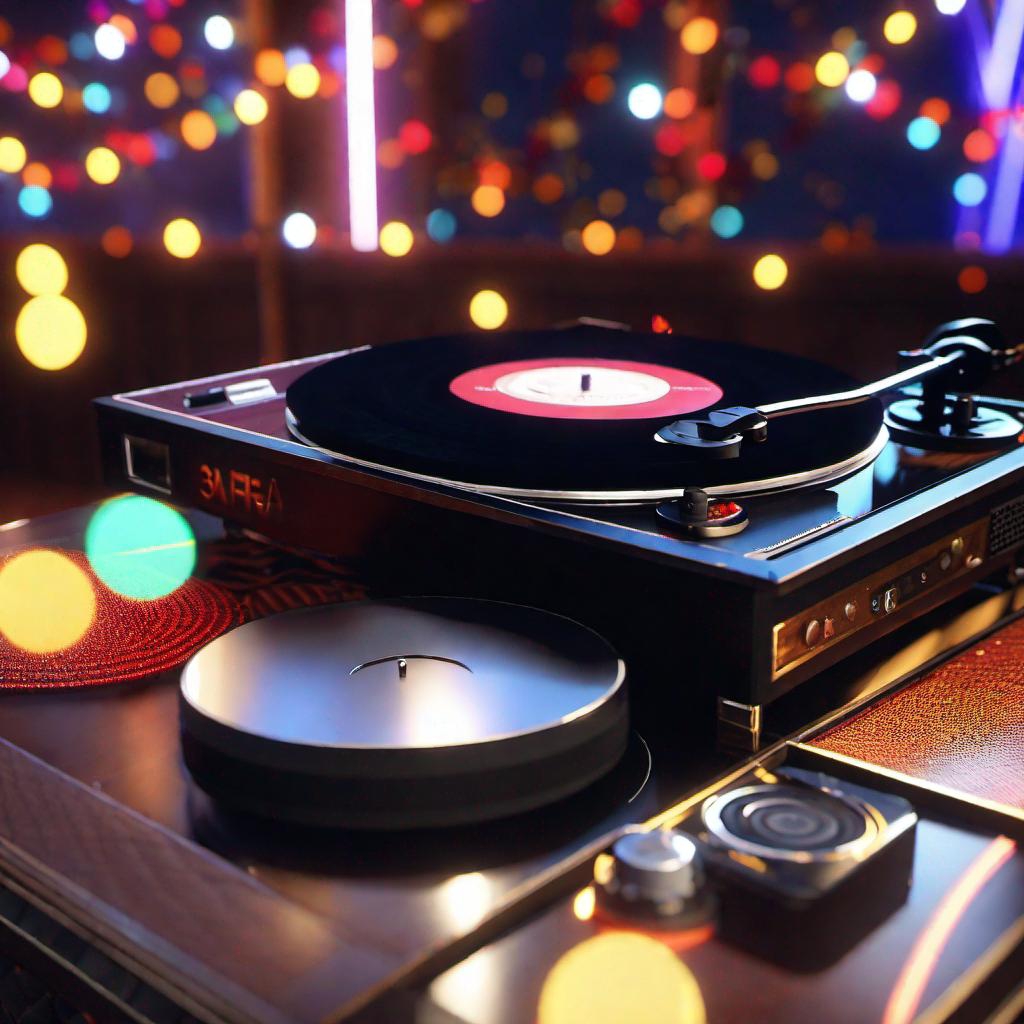There was a time when audio just wouldn’t make it onto the record if it was too loud due to the delivery medium — The Vinyl Record. There was no such thing as streaming loudness normalization to speak of.
Vinyl records are recorded onto by cutting grooves and ridges into the plastic that the record player needle then reads and converts into audio again. They require a phono amplifier which uses built in filters to replicate sound like the original sessions sounded. When printing a mix for vinyl the RIAA eq curve is applied to the mix which limits bass frequencies and enhances high frequencies. Then when played back on a record player, the phono⁹ amplifier applies the inverse RIAA curve to restore the same frequency response of the original tune.
If the signals were too high during manufacturing, it would literally push the cutters off the edge of the track being cut and that ‘above the limit’ data was gone or ruined the next track over depending on the record.
Enter The digital audio workstation. (DAW)
DAWs have digital audio engines that have defined digital limits (0dbfs) and meters that show it accurately.
Now, we have a ceiling that we can see before making those errors where if we go past 0 or ‘the digital limit’ it would just sound terrible distorting nastily.
So the next natural progession was that standards were created to tame audio signals to where they should be…ish
This created the ‘loudness wars’ where producers and engineers were trying to ‘fill up the cup the most’ using frequency tricks and all kinds of madness to push their track louder than their competition.
This was all because there’s this well known law of sound where when we hear something louder, it excites the mind more and seems ‘better’ than a lower volume song. There have been thousands of tests done on the same track at different volumes to confirm this psychological trick.
The First Loudness Normalization
Do any of you remember the iPod touch???
These devices were the very first devices programmed with a SOUNDCHECK feature that made all your songs sound the same digital level. This had its flaws though, as the tracks where the cup was not so ‘full’, then suffered and sounded even quieter.
Streaming Platform Loudness Tech
When streaming platforms first came out, they employed a similar soundcheck feature with limited algorithmic influence much like Apple’s version. This led to a new type of Loudness wars where producers gained the ability to test mixes through the Loudness normalization and maximize the result!!
How Algorithmic Loudness Normalization Helps
A new loudness measurement scale was developed called LUFS to replace the standard RMS (root, mean, square) power level measurements engineers have access to use to monitor their mixes. It more accurately represents how loud a signal ‘sounds’ relative to its digital signal level in a daw across the human frequency hearing range.
With this new scale, any track could be standardized to a chosen loudness standard using a simple volume gain or reduction.
So Why Does All This Matter??
We need to go back to understanding what we are trying to achieve with a final loudness spec. as engineers.
We are sending digital audio converted to analog to a speaker to hear a sound. Every speaker has an amplifier – they always have.
Every amplifier takes a small signal and makes it larger. This means that any signal going into any amplifier should maintain a limit of voltage that the amplifier input sees. That means a digital file should also match its output voltage level when converted to the amp to sound it’s best and fully drive the amp.
This voltage level is defined in professional audio gear as +4dbu or 1.23v rms with a 600ohm load. Don’t worry about the technical details of the way it’s tested etc. Just understand that 1.23v rms is the target level to feed a signal amplifying device. Period.
The amazing engineering world of audio engineers with the AES (Audio Engineering Society) developed VU meters many moons ago that you guessed it… Match that voltage level of 1.23v when calibrated to -18db = 0vu
So now, when mixing with a vu meter, engineers could see when they were hitting the proper voltages for reproduction to be authentic.
We still do this today in every mix we make!
(Many studio consoles of all large scale types have built in vu meters for engineers to see at all times)
Regardless of how a loudness normalization algorithm turns up or down a track, the best sounding punchy track comes from hitting that standard voltage and really driving sound replication devices (amps, speakers, headphones, cell phones etc) at their peak performance. This lends the absolute be sound quality to any audio.
In the end, yes loudness normalization is real and in use on platforms, but when you mix a track, make it sound it’s best first and then worry about the standards for delivering files later.
I plan to release a small series on the hardcore technical science and numbers on mixing and mastering to blast the doors open on how it’s looked at and how it’s done at a high level.
Stay tuned and join my newsletter for updates when I release more!
